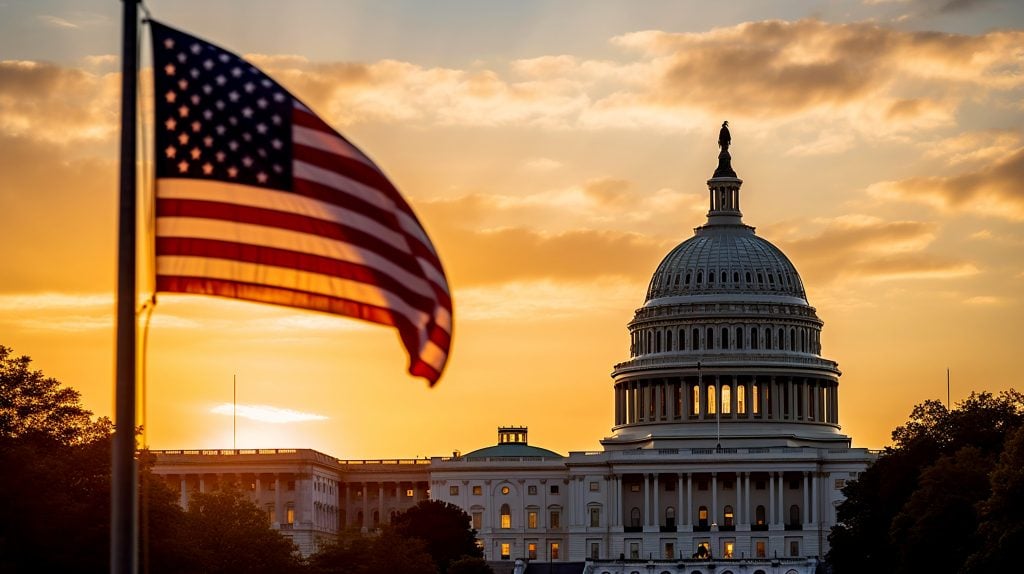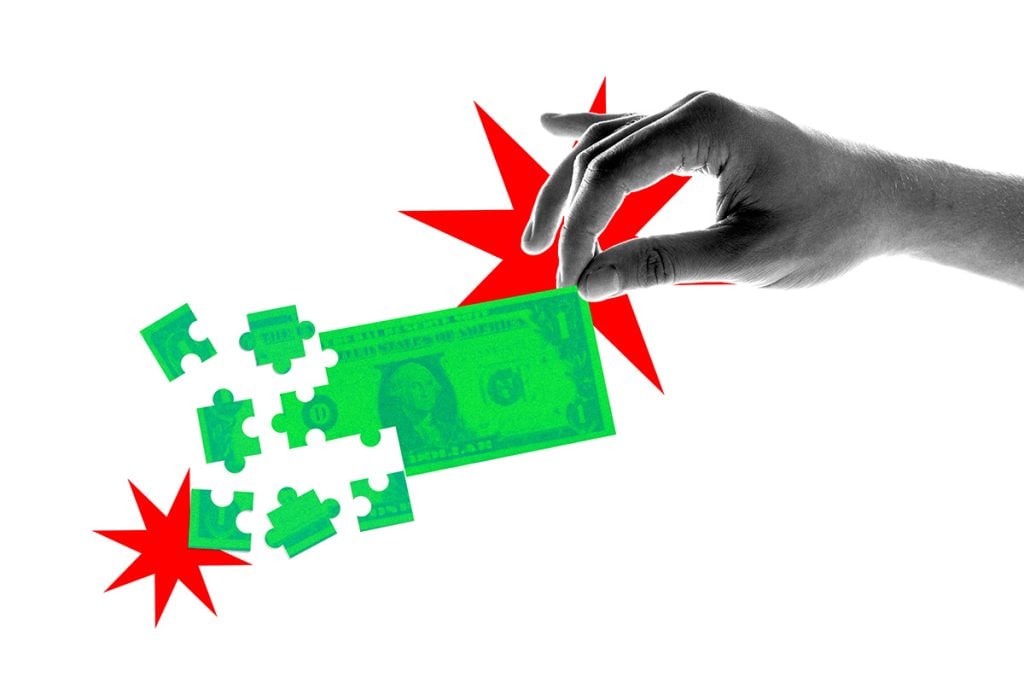The Phenomenon of Brand Loyalty
In the world of advertising and marketing, the word ‘brand’ gets tossed around a lot. Some companies think of branding as a cool-looking logo, a rhetorical catchphrase and a uniform color scheme. However, just feeding a brand to the masses, won’t always create loyalty and raving fans. In fact, it’s said that 89% of consumers don’t feel a connection to their chosen brands. Shocking, right?
The power of emotional branding…
Customers fully and emotionally connected are 52% more valuable to a brand than ones merely ‘highly satisfied’.
When companies connect with the right emotions of its customers – the payoff can be huge. Andrex, a company in the UK, makes one of the best-selling toilet papers in their market. One of the reasons for this is their Labrador campaign. In a TV commercial, a cute puppy grabbing the roll of toilet paper and loosening it across the floor. The company is making the emotional association of happiness with an otherwise mundane product.
Companies are now making experiential and emotional marketing part of a broader strategy that involves every facet of the organization – from research and development to marketing, sales and service.
But what are these emotions? People have different motivations, but they often include some more popular ones.
People want to…
- Stand out in the crowd
- Enjoy a sense of freedom
- A sense of belonging
- Enjoy a thrill
- Have confidence in the future
- Protect the environment
- Have success in life
A brand can be liked or trusted, but are they aligned with the emotions driving their customers’ behavior? Some brands have a natural tendency to connect, however your company doesn’t have to be Disney or Apple in order to change and succeed.
Also, the emotions that motivate customers can vary by industry, category and brand. Not only this, but the causal emotions can vary with each person’s position in their ‘customer journey’.
The ECS, or Emotional Connection Score, measures the number of customers fully connected to a brand. The ultimate goal is to turn ‘highly satisfied’ customers into ‘fully connected’ ones.
It pays to study and document the journey of customers making this transition. The data may show a revelation about the emotions that come into play. What a customer says they ‘like’ about a brand might not always be motivating them.
Often, the customer isn’t aware of why they’re so loyal to a particular brand. For example, a consumer might say they like free WiFi at their favorite shop or store, but what they really like is the fact that they can order online and pick up their purchase at any location.
Read more about what it takes to build a sustainable visual identity for your company.
Facts about brand connection:
- A brand connection is usually a positive one.
- Emotional customers are more loyal to their brands.
- Customers love companies who care: This might be the number one emotional button, above all else.
- When customers are emotionally connected to a brand, they don’t mind spending more money on them.
- Brand connections increase with a person’s age: This might seem obvious, but the percentage of repeat business is likely to increase.
- Politics have a big impact on brand loyalty: Customers will boycott a brand based on its political choices.
How to identify and create your emotional core
Some brands try to be everything to everyone: This is typically a recipe for disaster. You want to create a brand with a specific target market and convert these particular prospects. The magnetism created by your emotional branding should attract the ‘right’ kind of customers. And if you happen to attract prospects that fall outside this emotional criteria, then that’s icing on the cake.
The first step is to create an emotional core for your brand. Some brands try to shotgun the whole emotional spectrum. The results often result in confusion and at worst they risk losing valuable prospects.
Also, emotional wants and needs can vary significantly across the different age groups. For example, millennials might want to protect the environment – versus the baby boomers who want success or security in their lives.
Emotional connections no longer have to be a mystery—they can be a new source of real competitive advantage and growth.
It’s better to identify and create an emotional core – but choosing two key emotions. This is where data comes in handy: It can suggest which emotional levers to pull.
Ways to create an emotional core:
- Research:
Who, Why, How? American Express turned a piece of green plastic into a symbol of status, service and trust. - Personality:
Audiences relate to personality. For example, Coca-Cola has always presented itself as confident and friendly. Its perennial competitor Pepsi has tried to project energy in their campaigns. The result? Coke has a long history of winning this war, to the tune of 2:1 in sales. - Color:
Some brands just ‘own’ a certain color: UPS is brown. McDonald’s, Netflix and CNN lean on red – the color of excitement. BP and Whole Foods, green – a cool and more peaceful color. Other brands like NBC and Google try to suggest diversity with their rainbow palette. - Look and Lighting:
With the advent of CGI, a product’s appearance can range from the real, hyper-real or surreal. Calvin Klein uses actual human bodies to promote their apparel – and this physical aspect is closely tied to their brand. - Location, Environment and Dress:
This category is primarily driven by demographics. If a car commercial shows palm trees and desert, drivers in colder climates might worry about its performance in snow and ice. If a commercial shows predominantly high-rises, the rural prospect might disengage from the brand. - Typography:
The chosen font is another form of communication. It can impact an audience for years.
These tactics should be used with purpose – and they should be disciplined. If not, you’re often shooting in the dark with your brand strategy. Finding the right balance can inspire confidence in the brand, and begin building a legion of loyal fans.
What’s Your Next Step?
Are you a young company trying to figure out a strategy for your brand? Do you need help deducing the emotional core for your product or service?
We’re in the business of helping companies discover their identity and truth in order to create more successful ad/marketing campaigns.


